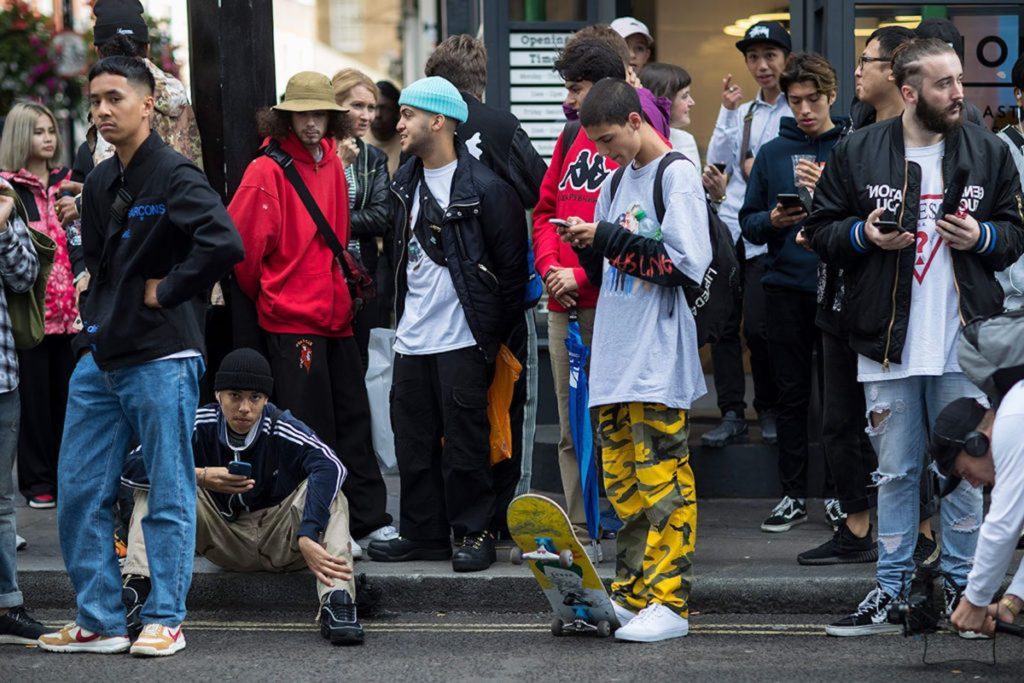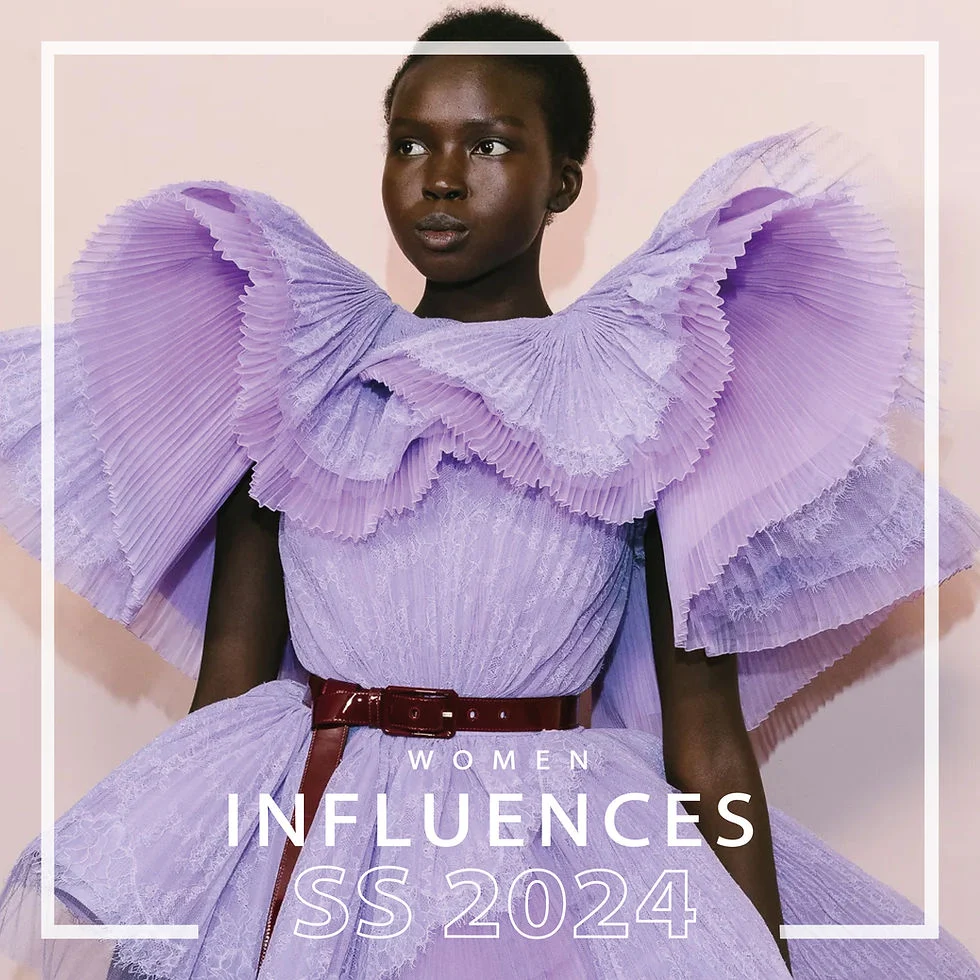In recent years, the influence of streetwear on high fashion has become a defining trend in the fashion industry. This dynamic relationship has transformed the way designers approach their collections, blending casual aesthetics with luxury elements. Streetwear, characterized by its urban roots and emphasis on comfort, has infiltrated the runways, challenging traditional notions of elegance and sophistication. As we delve into this fascinating intersection, we will explore how streetwear has reshaped high fashion, making it more accessible and inclusive.
Throughout this article, you will discover the key factors that have contributed to the rise of streetwear within high fashion. From iconic collaborations between streetwear brands and luxury houses to the impact of social media on fashion trends, we will uncover the driving forces behind this cultural shift. Additionally, we will examine how streetwear has influenced consumer behavior, leading to a demand for authenticity and individuality in fashion choices.
As we navigate through the various dimensions of this topic, you will gain insights into the future of fashion and the ongoing dialogue between streetwear and high fashion. Whether you are a fashion enthusiast or simply curious about the latest trends, this exploration promises to be both enlightening and engaging. Join us as we unravel the layers of this captivating phenomenon and understand its significance in today’s fashion landscape.
Streetwear has emerged as a significant force in the fashion industry, influencing high fashion designers and brands. This article explores the various dimensions of this influence, highlighting key aspects that have shaped the contemporary fashion landscape.
The Rise of Streetwear Culture
The rise of streetwear culture can be traced back to the 1980s and 1990s, when urban youth began to express their identity through fashion. Influenced by skateboarding, hip-hop, and graffiti art, streetwear became a symbol of rebellion and individuality. Brands like Supreme and Stüssy played a pivotal role in popularizing this aesthetic, which emphasized comfort, casualness, and a connection to the streets.
As streetwear gained traction, it began to infiltrate high fashion, with luxury brands recognizing the potential of this movement. The blending of street culture with high-end fashion has led to a new era where exclusivity meets accessibility, allowing a broader audience to engage with luxury brands. This shift has not only transformed consumer behavior but also redefined the concept of luxury itself.
Collaborations Between Streetwear and Luxury Brands
Collaborations between streetwear labels and luxury fashion houses have become a hallmark of the modern fashion industry. High-profile partnerships, such as Louis Vuitton x Supreme, have blurred the lines between streetwear and high fashion, creating buzz and driving sales. These collaborations often result in limited-edition pieces that generate immense hype, appealing to both streetwear enthusiasts and luxury consumers.
Such collaborations highlight the growing acceptance of streetwear within the luxury market. They also reflect a shift in consumer preferences, where authenticity and cultural relevance are valued over traditional notions of luxury. This trend has encouraged established brands to adopt a more inclusive approach, embracing the creativity and innovation that streetwear brings to the table.
The Impact of Social Media on Fashion Trends
Social media has played a crucial role in the rise of streetwear and its influence on high fashion. Platforms like Instagram and TikTok have allowed streetwear brands to reach a global audience, showcasing their collections and engaging with consumers directly. Influencers and celebrities often sport streetwear styles, further legitimizing its place in the fashion hierarchy.
This digital landscape has democratized fashion, enabling consumers to participate in trends and discussions. As a result, high fashion brands are increasingly leveraging social media to connect with younger audiences, often adopting streetwear aesthetics in their campaigns. The fusion of streetwear and high fashion is now more visible than ever, with both sectors influencing each other in real-time.
The Role of Sustainability in Streetwear and High Fashion
As the fashion industry faces increasing scrutiny over its environmental impact, sustainability has become a critical concern for both streetwear and high fashion. Many streetwear brands are leading the charge by adopting eco-friendly practices, such as using recycled materials and promoting ethical production methods. This commitment to sustainability resonates with consumers who prioritize conscious consumption.
High fashion brands are also responding to this shift, incorporating sustainable practices into their operations. The collaboration between streetwear’s grassroots approach and high fashion’s resources has the potential to drive significant change in the industry. By embracing sustainability, both sectors can create a more responsible fashion ecosystem that appeals to the modern consumer.
The Future of Streetwear in High Fashion
The future of streetwear in high fashion looks promising, as the two continue to evolve together. With the rise of digital fashion and virtual reality, streetwear’s influence is likely to expand even further. Designers are experimenting with new technologies and materials, pushing the boundaries of traditional fashion norms.
As streetwear continues to shape high fashion, we can expect to see more innovative designs and concepts that challenge the status quo. The ongoing dialogue between these two worlds will undoubtedly lead to exciting developments, making the fashion landscape more dynamic and inclusive than ever before.
| Aspect | Description |
|---|---|
| Definition of Streetwear | Streetwear is a style of casual clothing that emerged from the skate and hip-hop cultures of the 1980s and 1990s, characterized by comfortable, stylish, and often oversized garments. |
| Rise of Streetwear | Streetwear gained popularity through influential brands like Supreme, Off-White, and A Bathing Ape, which combined urban culture with high-quality materials and unique designs. |
| Collaboration with High Fashion | High fashion brands such as Louis Vuitton, Gucci, and Balenciaga have collaborated with streetwear labels, blurring the lines between luxury and casual wear. |
| Impact on Fashion Shows | Streetwear aesthetics have influenced major fashion shows, with designers incorporating street-inspired elements into their collections, showcasing a more relaxed and diverse approach to fashion. |
| Consumer Demographics | The rise of streetwear has attracted a younger demographic, leading high fashion brands to adapt their marketing strategies to engage with millennials and Gen Z consumers. |
| Sustainability and Ethical Fashion | Streetwear has also pushed high fashion to consider sustainability, with many brands adopting eco-friendly practices and promoting ethical production methods. |
| Conclusion | The influence of streetwear on high fashion represents a significant shift in the fashion industry, promoting inclusivity, creativity, and a departure from traditional fashion norms. |



